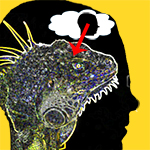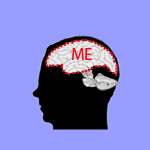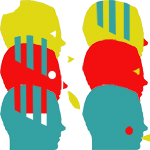New to the Phantom Self? Read what this site is about, scan the Table of Contents, or begin with the Introduction. Contact the author – or comment on any post.
 Someone with the Capgras delusion has the stubbornly ingrained belief that a person or persons close to her—her spouse, her parents, her child—is someone else, a stranger, an imposter.
Someone with the Capgras delusion has the stubbornly ingrained belief that a person or persons close to her—her spouse, her parents, her child—is someone else, a stranger, an imposter.
Although rare, Capgras is of interest because understanding it could shed light on the normal processes by which people recognize people. To decide that you are in the presence of your wife, not a stranger who bears an uncanny resemblance to your wife, is to make a personal identity judgement. We make them all the time, usually automatically and effortlessly with people we know well, sometimes with effort when we struggle to place a familiar face encountered in an unusual setting. An understanding of how beliefs about personal identity can go so spectacularly wrong in Capgras and related disorders may afford insight into the ordinary intuitions we rely on to recognize other people and ourselves. Continue reading “Questioning Capgras”









